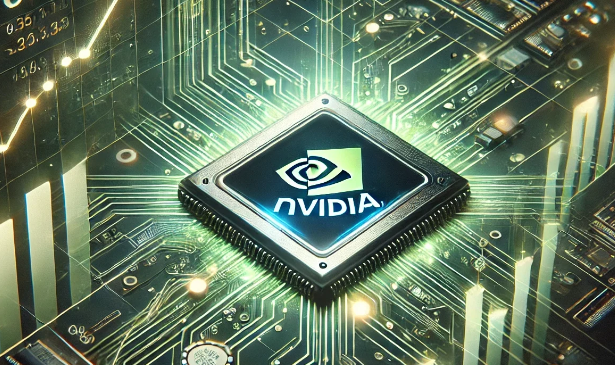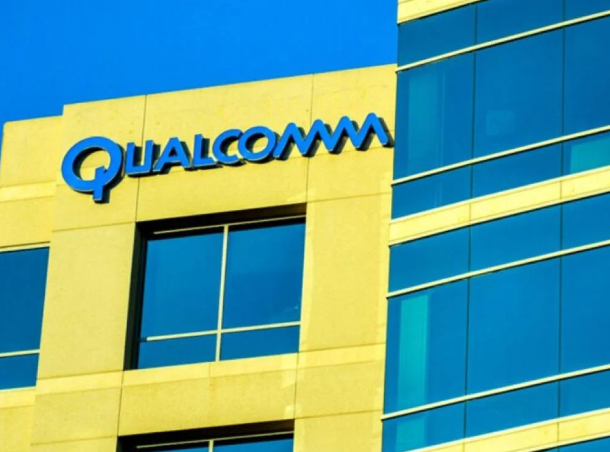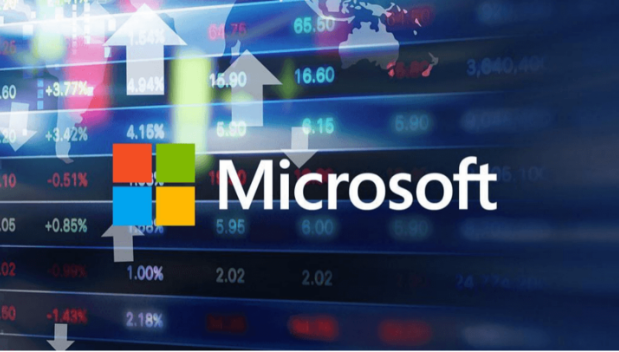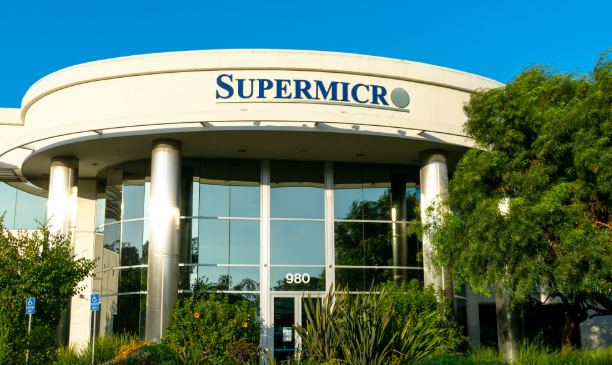Nvidia’s results exceeded expectations as usual, kind of becoming a habit! The previous quarter’s (Jan 2024) revenue beat by $1.6Bn and it guided Q1-FY25 (April 2024) revenue 10% or 2Bn higher to $22Bn.
Shares took off from $675 to $725. Everybody’s happy.
Now comes the tough part.
Nvidia had a net profit margin of 55% = $12.2Bn in profits on $22Bn in sales. That is drug lord margin territory! Simply, they can charge whatever they want for the H100s, the new Grace Hopper, and the H200s that are coming down the pike. I’m confident that these margins will continue for at least a year untill competitors get their act together.
However, to assume that these margins will continue beyond that is difficult to swallow, and most of the street estimates for earnings are based on at least 52% in NPM, which if not achieved can be a huge disappointment.
So I modeled earnings at a 40% Net Profit Margin, which is similar to a big pharma company’s patented drug margin that also charges as much as the market can pay for it.
With that NPM, Earnings come down naturally; three years down the road in the 40% model, EPS is $26 compared to the street estimate of $33. Assigning a P/E of 40, that gets us to $1,030 from today’s price of $725 or an annualized gain of 12%. And if the street is correct, we’re looking at 40*33 =$1,320 or an annualized gain of 22%.
The counter argument to the lower margin thesis is – Nvidia can lower prices and sell more, and at some point this is likely to happen – the overall growth doesn’t reduce – especially if you’re changing the whole paradigm of accelerated computing replacing the way data centers are built now.
At the moment, I’m not planning to add any more, my exposure to Nvidia is already very high, and the long-term thesis doesn’t change.









